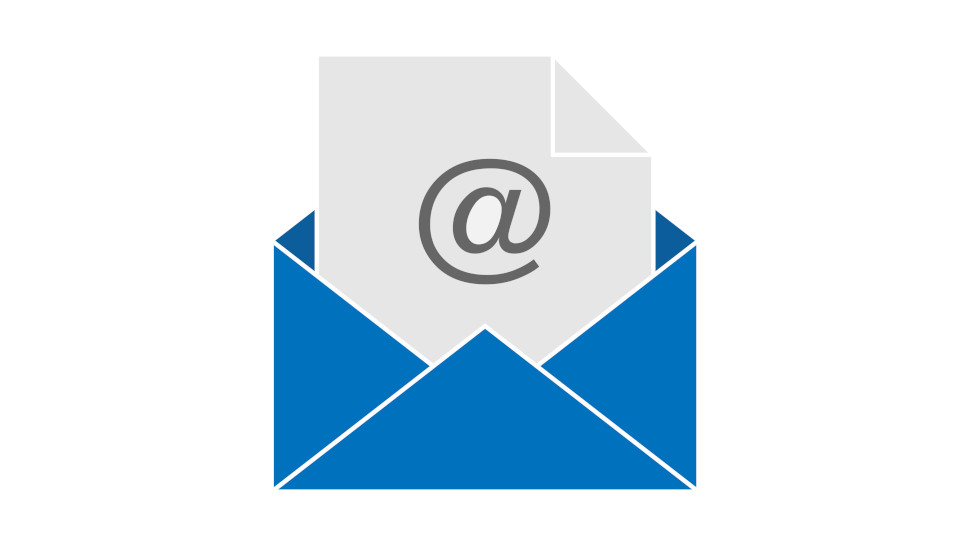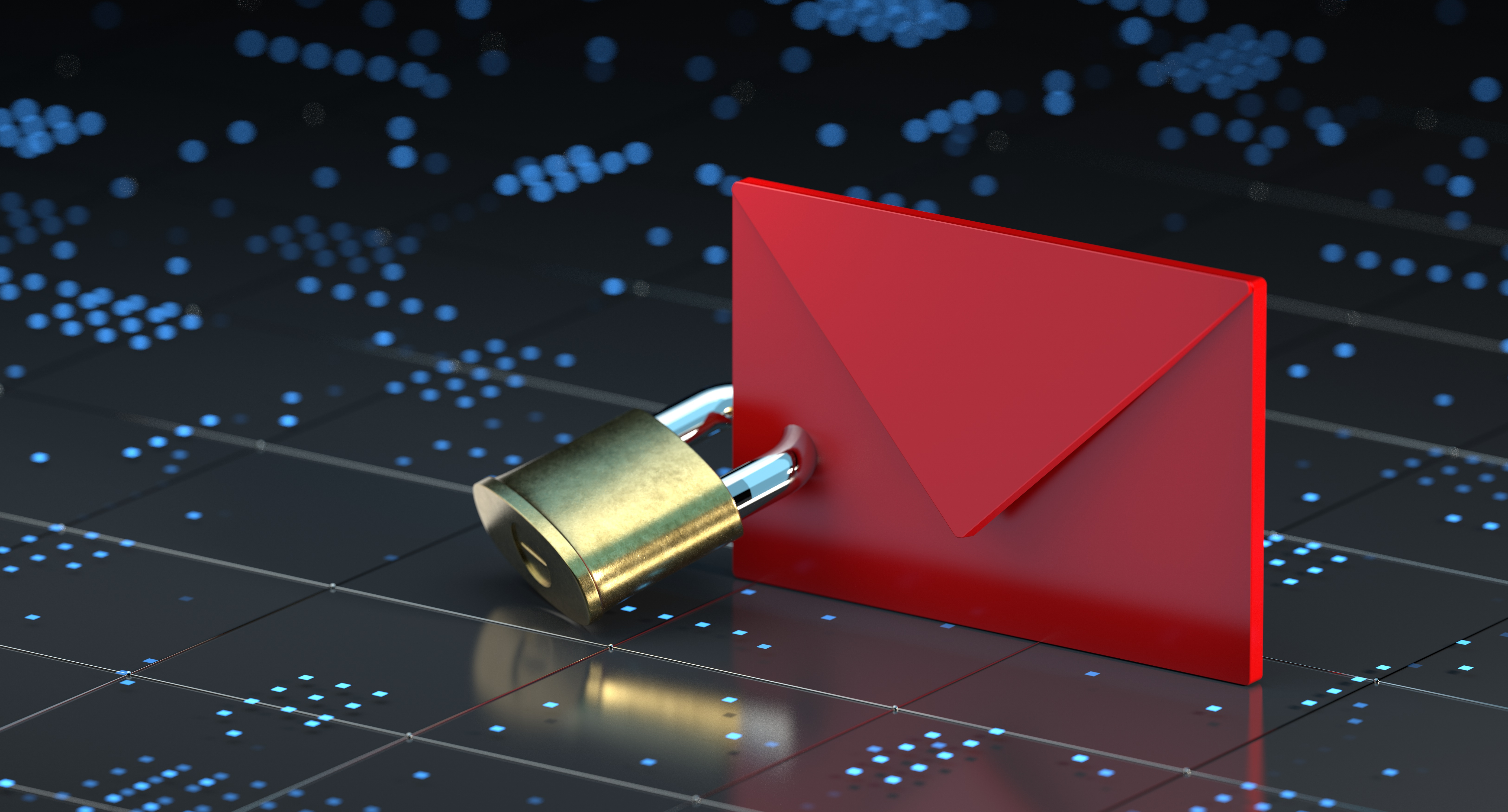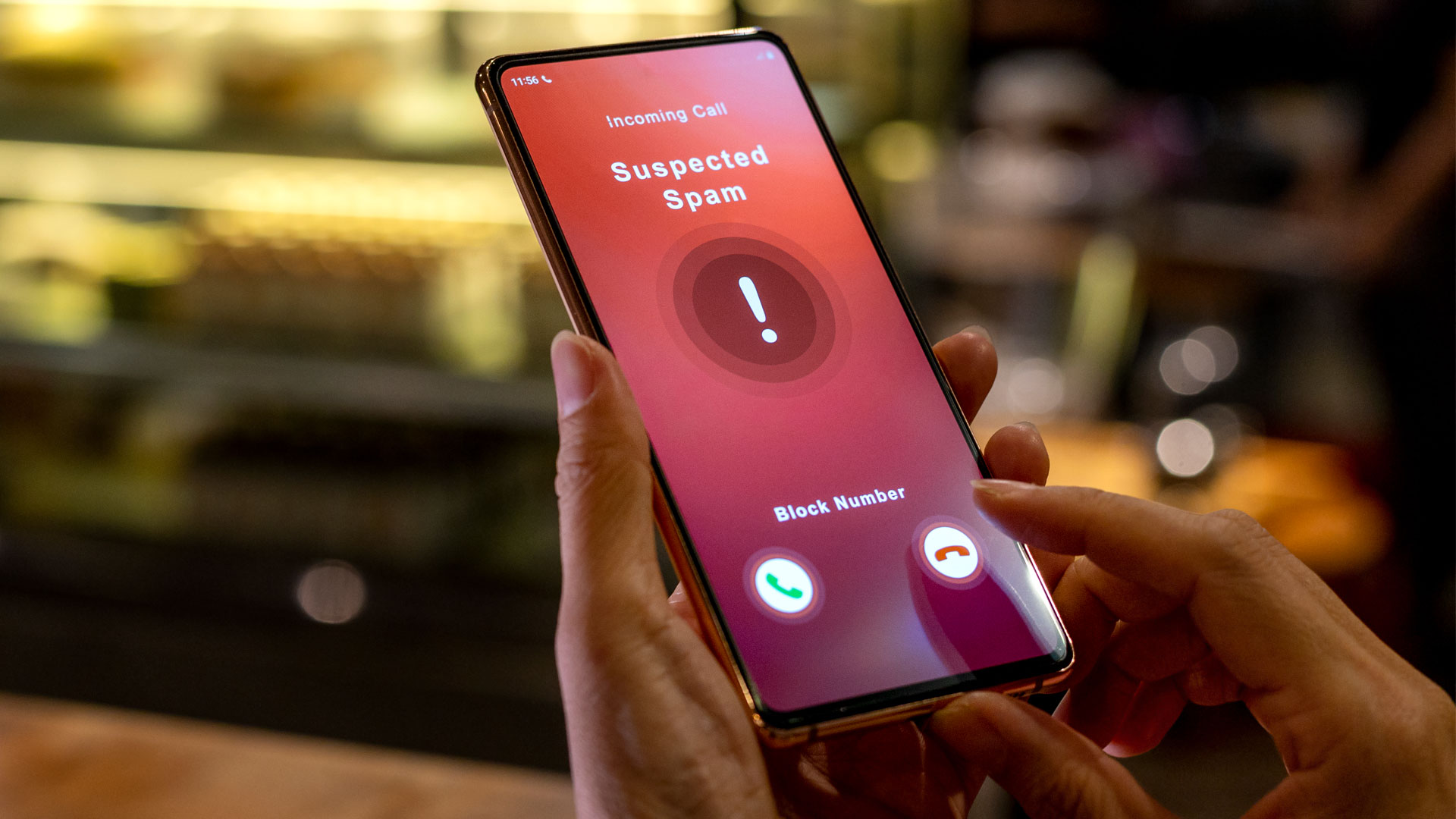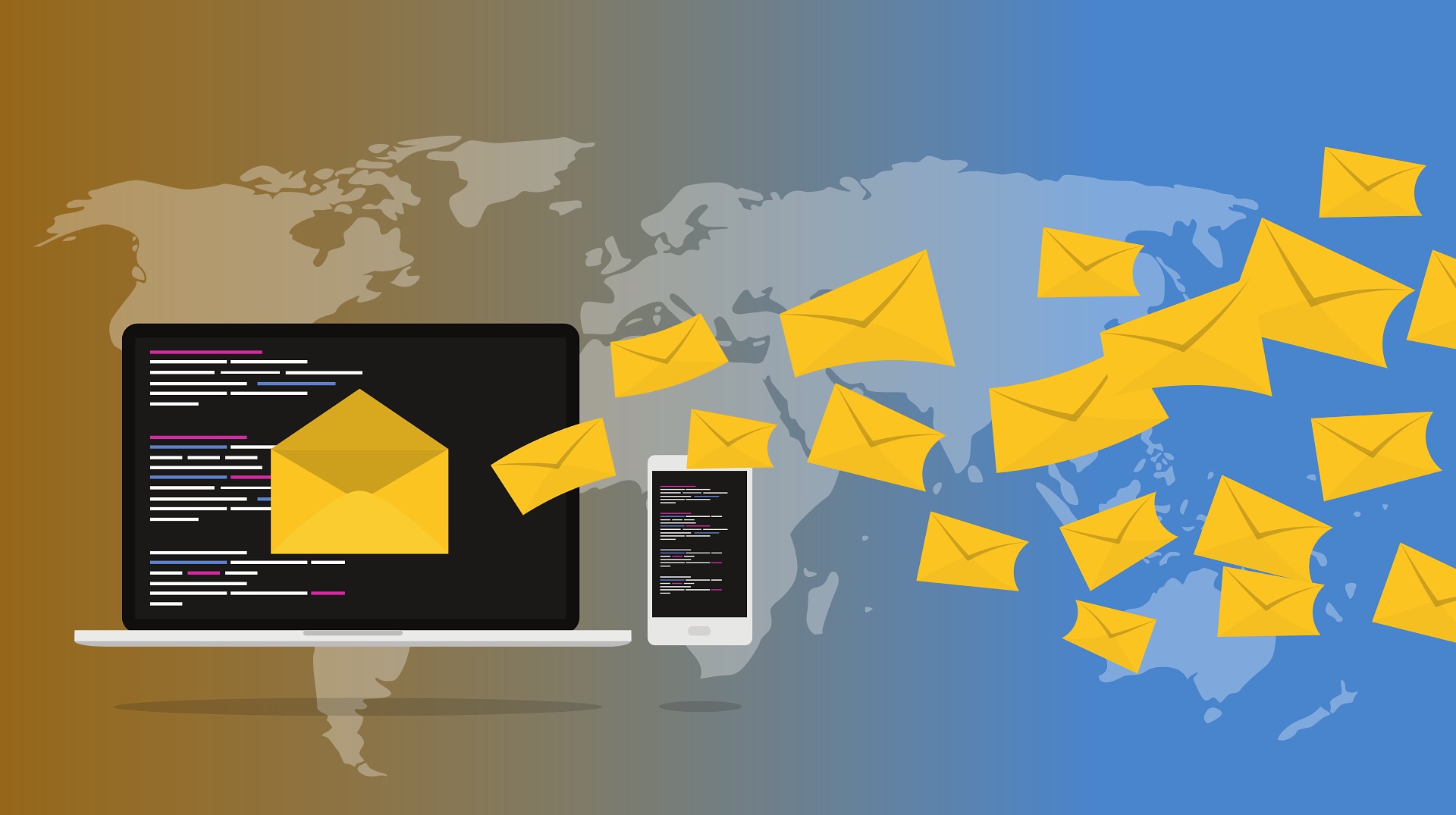7 myths about email security everyone should stop believing
Is your email secure? Probably not.

In today’s digital age, email continues to be a primary mode of communication for personal and professional purposes. However, as the use of email has increased, so have the myths regarding email security. Dispelling these myths ensures the safety and integrity of our digital communications. Here, we will explore seven common email security myths that need clarification.
Myth: A Strong Password is All You Need for Email Security

Fact: While a strong password is an excellent first step, it is not enough.
Passwords serve as the first defense against unauthorized access to your email account. A strong, robust password makes it more difficult for attackers to gain access. However, the belief that a strong password is completely foolproof overlooks several key vulnerabilities:
Phishing Attacks: Cybercriminals often use sophisticated phishing emails to trick individuals into revealing their passwords. These attacks rely not on the password's strength but on the user's ability to recognize deceptive emails.
Data Breaches: Even the strongest, most robust cannot protect you if your email provider suffers a data breach and its database is compromised.
Keylogger Attacks: Malware can record keystrokes on an infected device, capturing your password as you type it, regardless of its complexity.
Given these vulnerabilities, a comprehensive approach to email security is essential.
Are you a pro? Subscribe to our newsletter
Sign up to the TechRadar Pro newsletter to get all the top news, opinion, features and guidance your business needs to succeed!
To enhance email security beyond just using a strong password, consider adopting the following strategies:
Two-Factor Authentication (2FA): 2FA requires a second form of verification after you enter your password, often a code sent to your phone or generated by an authenticator app. This additional step significantly increases account security by ensuring that a password alone is insufficient for access.
Regular Monitoring and Alerts: Set up your email account to notify you of unusual activities, such as login attempts from unknown locations or devices. Early warnings of suspicious activity can help you respond swiftly to secure your account.
Use Secure Networks: Always access your email over secure, private networks. Cybercriminals can intercept public Wi-Fi, making any information you send or receive, including your password, vulnerable to capture.
Encryption: End-to-end encryption for emails ensures that only you and your intended recipient can read the content of your communications. Many email services now offer built-in encryption features, or you can utilize third-party encryption tools for added security.
Education: Stay informed about the latest phishing techniques and email scams. Educating yourself and your contacts about these risks can help reduce the likelihood of falling victim to cleverly disguised threats.
Myth: Email Services are Automatically Secure
Fact: Not all email services offer the same level of security.
Many users mistakenly believe their email service providers offer complete protection against all cyber threats. This misconception is partly driven by these providers' marketing strategies, which often highlight the strength of their security measures. While it is true that many email services include security features such as encryption and spam filters, these measures are not foolproof. Cyber threats evolve quickly, often outpacing the updates and improvements made by these services.
Additionally, the security provided by email services is influenced by how users utilize them. For instance, an email service might offer end-to-end encryption. Still, if users access their email over an unsecured public Wi-Fi network, the risk of interception increases significantly.
The myth that email services are automatically secure is misleading and dangerous, potentially leaving users vulnerable to cyber threats. It is essential to recognize that while email service providers implement numerous security features, the responsibility for email security is shared. By taking proactive steps to secure their accounts, being aware of potential threats, and following best practices for email safety, users significantly reduce their risks and help ensure that their digital communications remain secure. Email security is not guaranteed—it's an ongoing commitment. It's an email provider that offers comprehensive security features tailored to your needs.
Myth: Spam Filters Catch All Malicious Emails

Fact: Spam filters are helpful, but they're not foolproof.
While spam filters are crucial to email security, they are not infallible.
Cybercriminals continuously adapt their strategies to evade spam filters. They often update their techniques to mimic legitimate emails, making detection more difficult closely.
Moreover, spam filters can sometimes misclassify messages. A legitimate email may be marked as spam (resulting in a false positive). In contrast, a malicious email may bypass the filter and arrive in the inbox (resulting in a false negative). These errors can lead to security breaches or the loss of important communications.
Many cyber threats use social engineering tactics to manipulate users into taking specific actions, such as providing confidential information. These emails may not contain malware or suspicious links, making it harder for spam filters to recognize them as threats.
Additionally, spam filters often struggle to detect zero-day exploits—newly discovered vulnerabilities that software updates have not yet patched. Attackers can exploit these vulnerabilities by crafting emails that escape detection by traditional spam filters.
The misconception that spam filters can catch all malicious emails can lead to complacency and increased vulnerability to cyberattacks. Adequate email security requires ongoing effort and a combination of strategies to counter various threats. By understanding the limitations of spam filters and implementing additional protective measures, you can significantly enhance your email security and reduce the risk of falling victim to cyber threats. Vigilance and proactive defense are essential in the realm of cybersecurity.
Myth: Emails from Known Contacts are Always Safe

Fact: Your contacts' email accounts can be compromised.
Emails from known contacts can be compromised in various ways, making this form of communication a potential threat vector. Here are the key reasons why emails from familiar sources are not inherently safe:
Email Account Compromise: Cybercriminals can gain unauthorized access to legitimate email accounts through phishing attacks, malware, or weak passwords. Once they control an account, they can send malicious emails to the compromised account's contact list, including you.
Email Spoofing: Attackers can forge emails to make them appear as if they were sent by someone you trust. Email spoofing can be remarkably convincing, tricking recipients into believing the email is legitimate.
Spear Phishing: This targeted approach involves crafting highly personalized emails that appear to come from someone the recipient knows and trusts. Spear phishing attempts are designed to steal sensitive information or infect the recipient’s device with malware.
Recognizing that emails from known contacts can pose risks is the first step in safeguarding yourself against these hidden dangers. To bolster your email security, consider implementing the following measures:
Verify Suspicious Emails: If an email from a known contact seems unusual or unexpected, verify its legitimacy by contacting the sender directly through a different communication channel.
Beware of Urgent or Unusual Requests: Be especially cautious of emails that convey a sense of urgency or request sensitive information, even if they appear to come from someone you trust.
Educate and Communicate: Share knowledge about these threats with friends, family, and colleagues. The more people are aware, the harder it becomes for cybercriminals to succeed.
Use Advanced Security Features: Employ email security solutions that include advanced phishing protection, malicious link detection, and anomaly detection to provide an extra layer of defense.
Maintain Good Cyber Hygiene: Regularly update your passwords, enable two-factor authentication, and keep your software up to date to reduce vulnerabilities.
Embracing a "trust, but verify" mindset regarding emails from known contacts is critical to maintaining digital security. By understanding that even familiar sources can inadvertently become vectors for cyber threats, individuals and organizations can adopt a more cautious and proactive approach to email communication. This includes being skeptical of unexpected requests or links, enhancing overall security practices, and educating oneself about the current landscape of cyber threats. In navigating the digital world, vigilance and informed caution are your best allies against the hidden dangers lurking in seemingly safe emails.
Myth: Email Encryption is Only for Tech-Savvy Users
Fact: Modern tools have made email encryption accessible to everyone.
The belief that email encryption is overly complex and beyond the grasp of the average user stems from its early days. Historically, encrypting an email required a deep understanding of public keys, private keys, and certificates—terminology that indeed sounds daunting to the uninitiated. However, technological advancements have significantly simplified the process, making encryption accessible to anyone with basic email skills.
Modern email platforms and services have integrated encryption capabilities that are often just a click away or enabled by default, removing the need for users to navigate complex procedures. Here are several points highlighting the accessibility of email encryption today:
The myth that email encryption is reserved for the tech-savvy does a disservice to internet users worldwide, reinforcing unnecessary barriers to securing personal and professional communication. We can collectively improve our online privacy and security posture by debunking this myth and embracing today's user-friendly encryption tools. Remember, in the digital age, being proactive about cybersecurity is not an option but a necessity. Let's empower each other to take those steps, ensuring our digital conversations are protected, private, and accessible to all, regardless of technical background.
Myth: Deleting Suspicious Emails Keeps You Safe
Fact: Simply deleting a suspicious email doesn't guarantee safety.
While deleting suspicious emails can reduce some risks, relying solely on this action misses critical aspects of email-based threats. Here's why deletion alone is not a silver bullet for cybersecurity:
Pre-click Risks: Sometimes, opening a suspicious email can compromise your security. Malicious emails can contain embedded code that executes upon opening, leading to malware infections or privacy breaches without any further interaction from you.
Post-click Consequences: If you’ve clicked on a link or attachment in a suspicious email before deciding to delete it, the damage may already be done. Malicious links can direct you to phishing sites or download malware onto your device, all occurring before the email is deleted.
Persistence and Evolution of Threats: Cybercriminals continuously evolve their tactics. Today's deleted email threat is tomorrow's more sophisticated attempt that might bypass your radar. Deleting emails does not contribute to a long-term understanding or defense against evolving threats.
Deleting suspicious emails represents only the tip of the cybersecurity iceberg. In reality, a layered defense strategy that includes education, technological safeguards, vigilant practices, and proactive reporting measures offers the most robust protection against the multifaceted threats posed by email-based attacks. Individuals and organizations can significantly reduce their risk and navigate the digital world with greater confidence and security by cultivating a comprehensive approach to cybersecurity.
Myth: Public Wi-Fi is Safe for Email Access
Fact: Accessing email over public WiFi can expose you to risks.
Public Wi-Fi is convenient, but it comes with security risks. Unlike private networks, public Wi-Fi often lacks encryption, making your data vulnerable to interception. Hackers can exploit this openness to steal your information through "man-in-the-middle" attacks or by setting up fake Wi-Fi hotspots. Additionally, public Wi-Fi can be a breeding ground for malware.
However, if you must use public WiFi for email, take precautions. Always use a VPN to encrypt your data and enable two-factor authentication for added security. Ensure your webmail uses HTTPS, and update your devices and software. Avoid accessing sensitive information like bank accounts, and remember to "forget" the network after use. By being aware of the risks and taking these steps, you can enjoy public WiFi while protecting your emails and personal information.
Email remains a cornerstone of our digital lives, but misconceptions about its security can lead to vulnerable situations. By debunking these myths and adopting a proactive approach to email security, individuals and organizations can better protect themselves against the ever-evolving landscape of cyber threats. Always stay informed and cautious to navigate the digital world safely.
Bryan M. Wolfe is a staff writer at TechRadar, iMore, and wherever Future can use him. Though his passion is Apple-based products, he doesn't have a problem using Windows and Android. Bryan's a single father of a 15-year-old daughter and a puppy, Isabelle. Thanks for reading!
